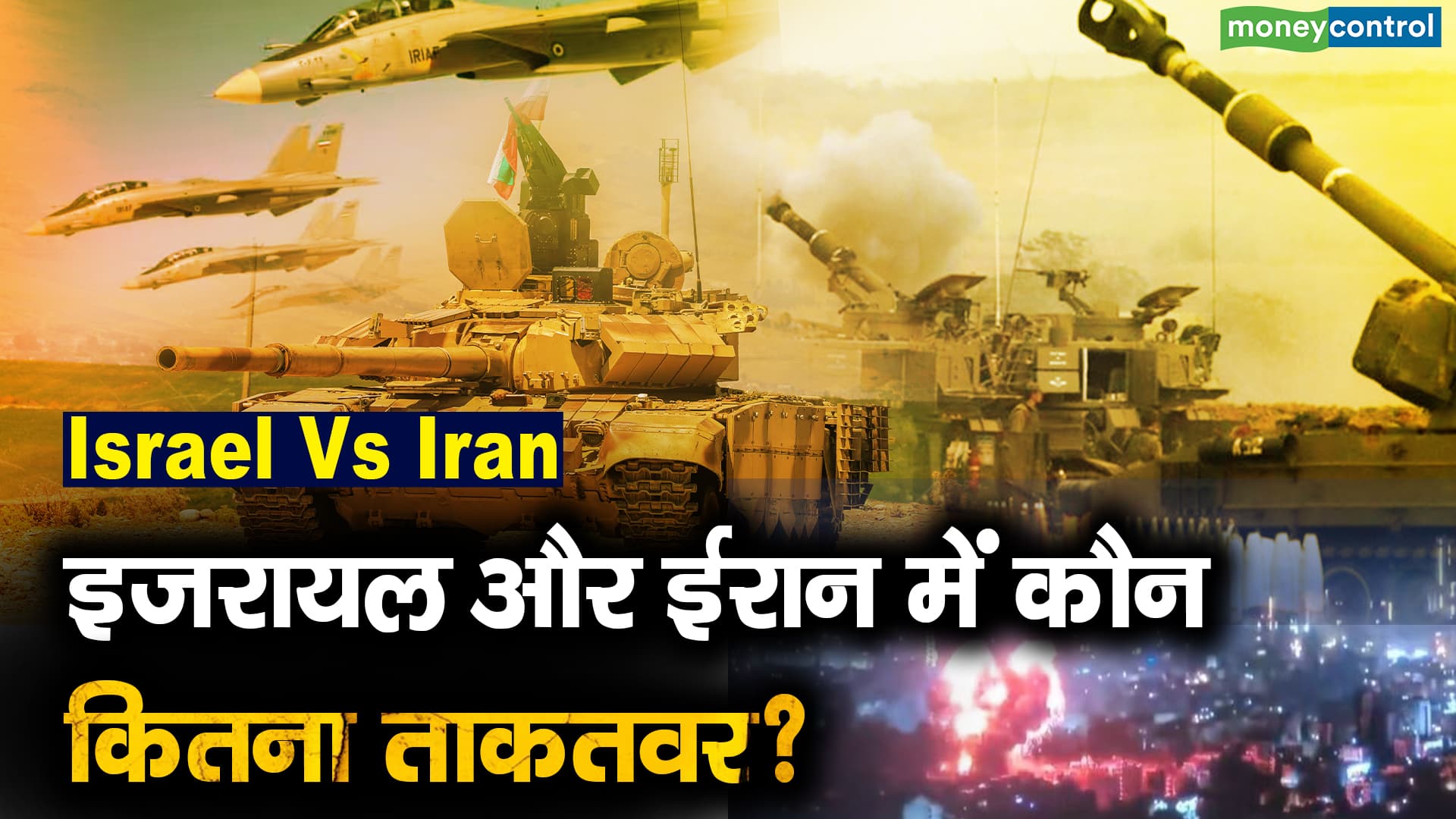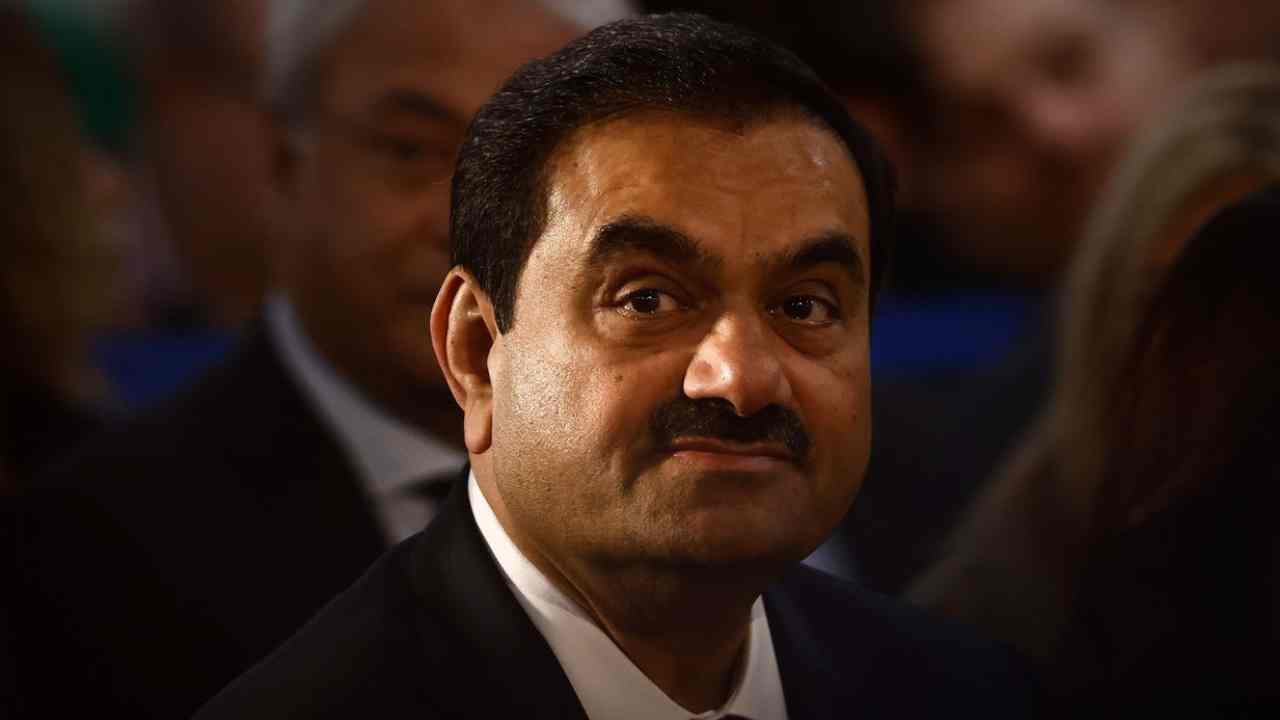Introduction
The ongoing tension between Iran and Israel has escalated dramatically, with both nations issuing strong warnings to each other. As Iran threatens to retaliate with a more significant attack in response to any major offensive from Israel, it raises crucial questions about their military capabilities. This article delves into the strengths of both nations, exploring their armies and weaponry while providing insights into the current geopolitical landscape.
Military Capabilities Overview
Understanding the military capabilities of Iran and Israel is vital to assessing the potential outcomes of their conflict. Here’s a comparative look at their armed forces:
Israel’s Military Strength
Israel boasts one of the world’s most advanced militaries known for its high-tech weaponry and strategic intelligence. Here are some key aspects:
- Active Personnel: Approximately 170,000 active troops.
- Reserve Forces: Roughly 465,000 reservists, allowing for rapid mobilization.
- Air Force: Renowned for its F-35 stealth fighters and advanced drone technology.
- Defense Systems: Israel’s Iron Dome is a world-class missile defense system, capable of intercepting short-range threats.
- Nuclear Capabilities: While not officially confirmed, it is widely believed that Israel possesses nuclear weapons, adding to its deterrence strategy.
Iran’s Military Power
Iran, on the other hand, has a large military force complemented by a significant arsenal of ballistic missiles and asymmetric warfare tactics. Key points include:
- Active Personnel: Approximately 500,000 active personnel.
- Reserve Forces: Around 1.5 million reservists, which can be mobilized in times of crisis.
- Missile Arsenal: Iran has developed a range of ballistic missiles, including the Shahab-3, capable of reaching targets up to 1,200 km away.
- Asymmetric Warfare: Iran leverages proxy groups across the Middle East, enhancing its influence while complicating direct confrontations.
- Naval Capabilities: The Iranian Navy, including the Revolutionary Guard Navy, has focused on asymmetric naval warfare, utilizing smaller, fast attack vessels to disrupt larger naval operations.
Comparative Analysis of Military Assets
| Aspect | Israel | Iran |
|---|---|---|
| Active Military Personnel | 170,000 | 500,000 |
| Reserve Forces | 465,000 | 1.5 million |
| Key Aircraft | F-35, F-16 | Su-24, MiG-29 |
| Missile Capabilities | Advanced precision weapons | Shahab-3, Fateh-110 |
| Nuclear Weapons | Possessed (estimated) | None (officially denied) |
Conclusion
The military capabilities of both Iran and Israel underline the seriousness of the current crisis. With Israel’s technologically advanced military and Iran’s large ground forces coupled with significant missile capabilities, the potential for escalation remains high. This ongoing tension will undoubtedly continue to draw international attention as both nations navigate their paths forward, balancing the complexities of regional power and military strength.












